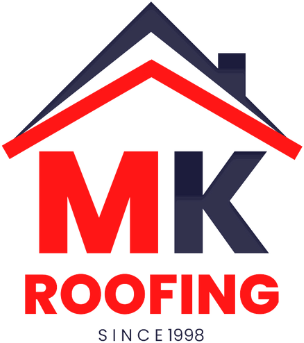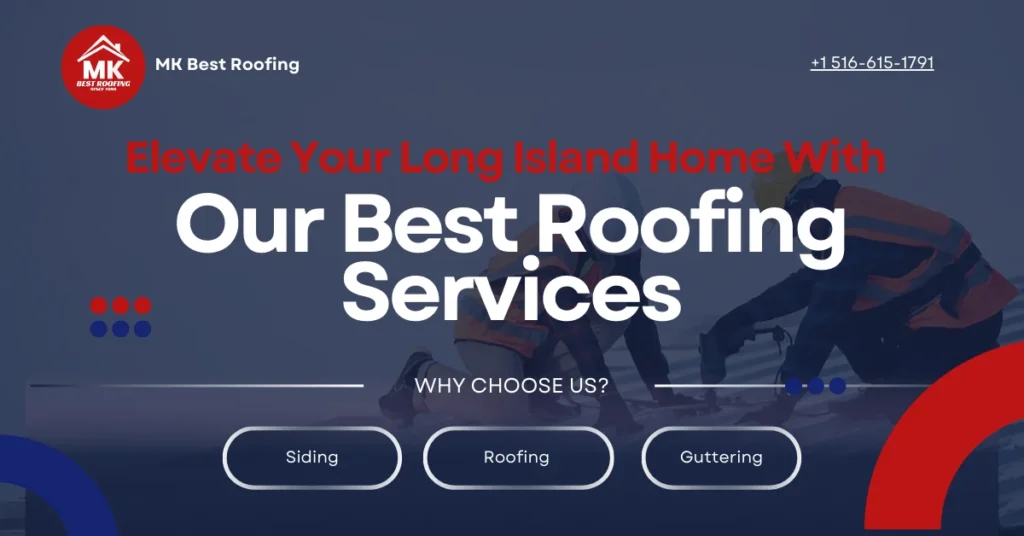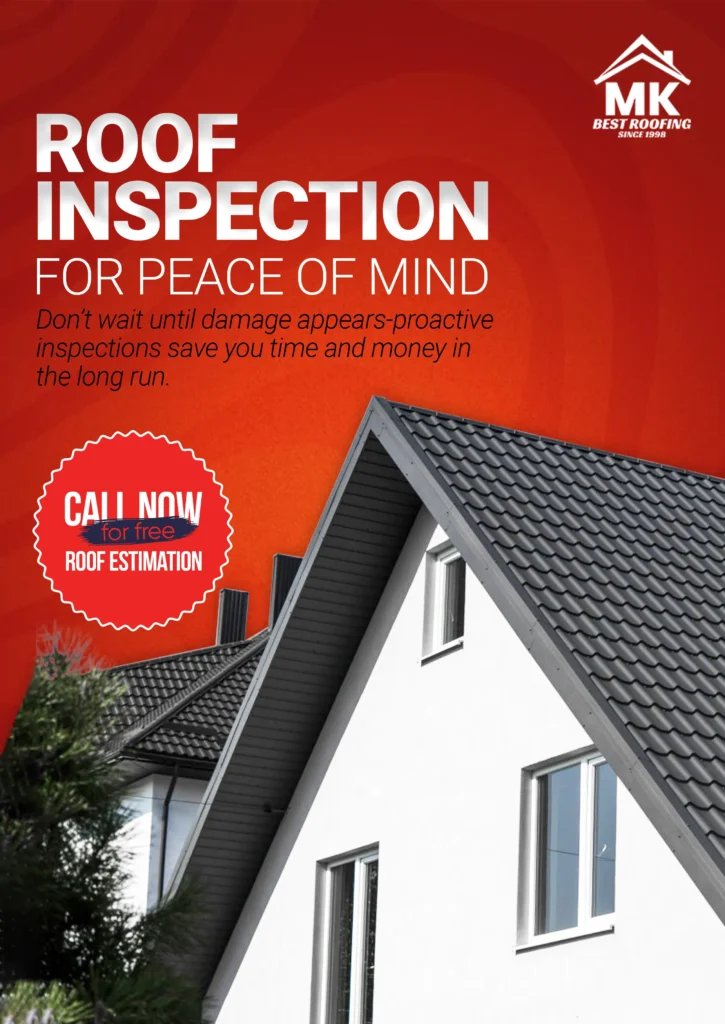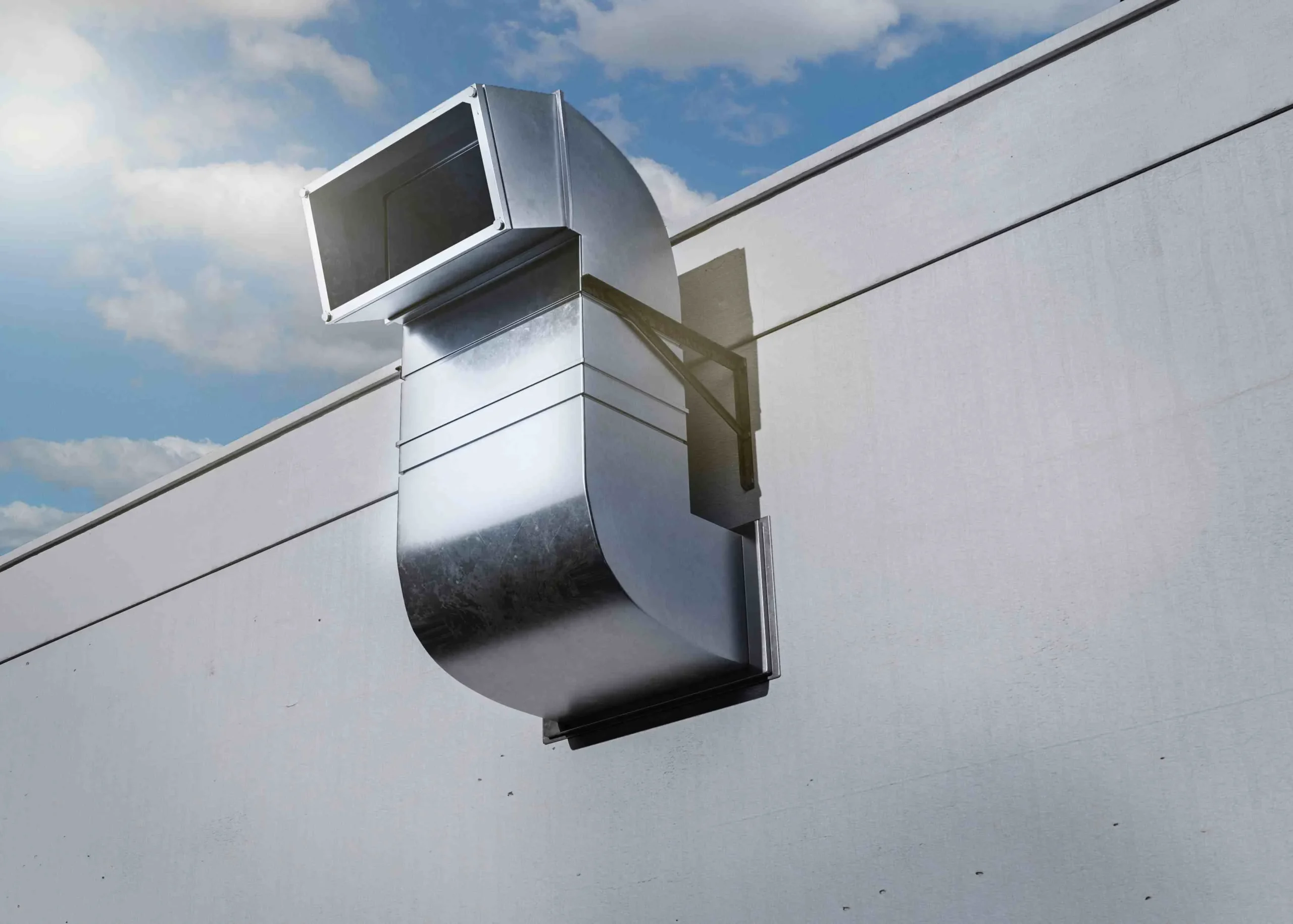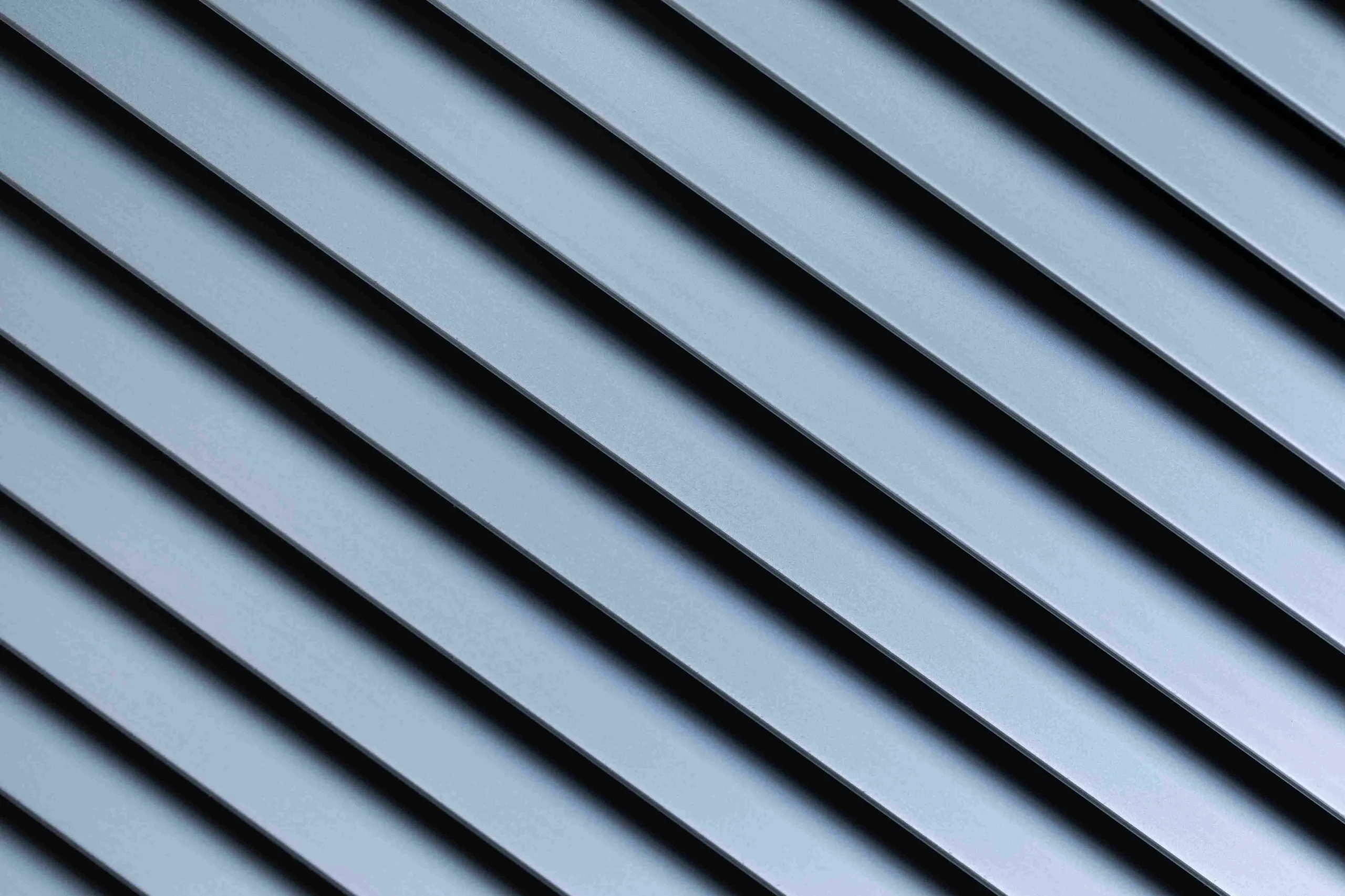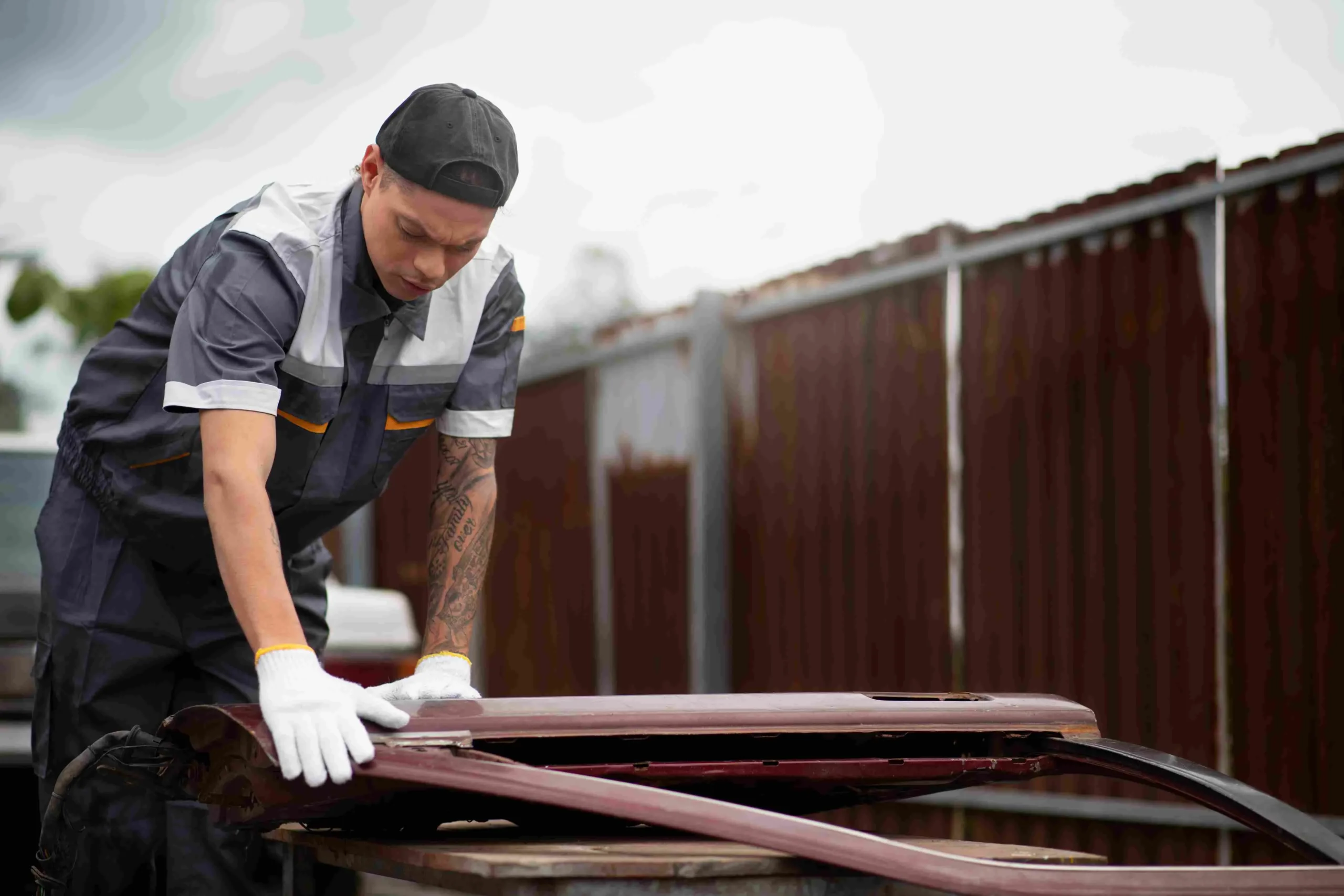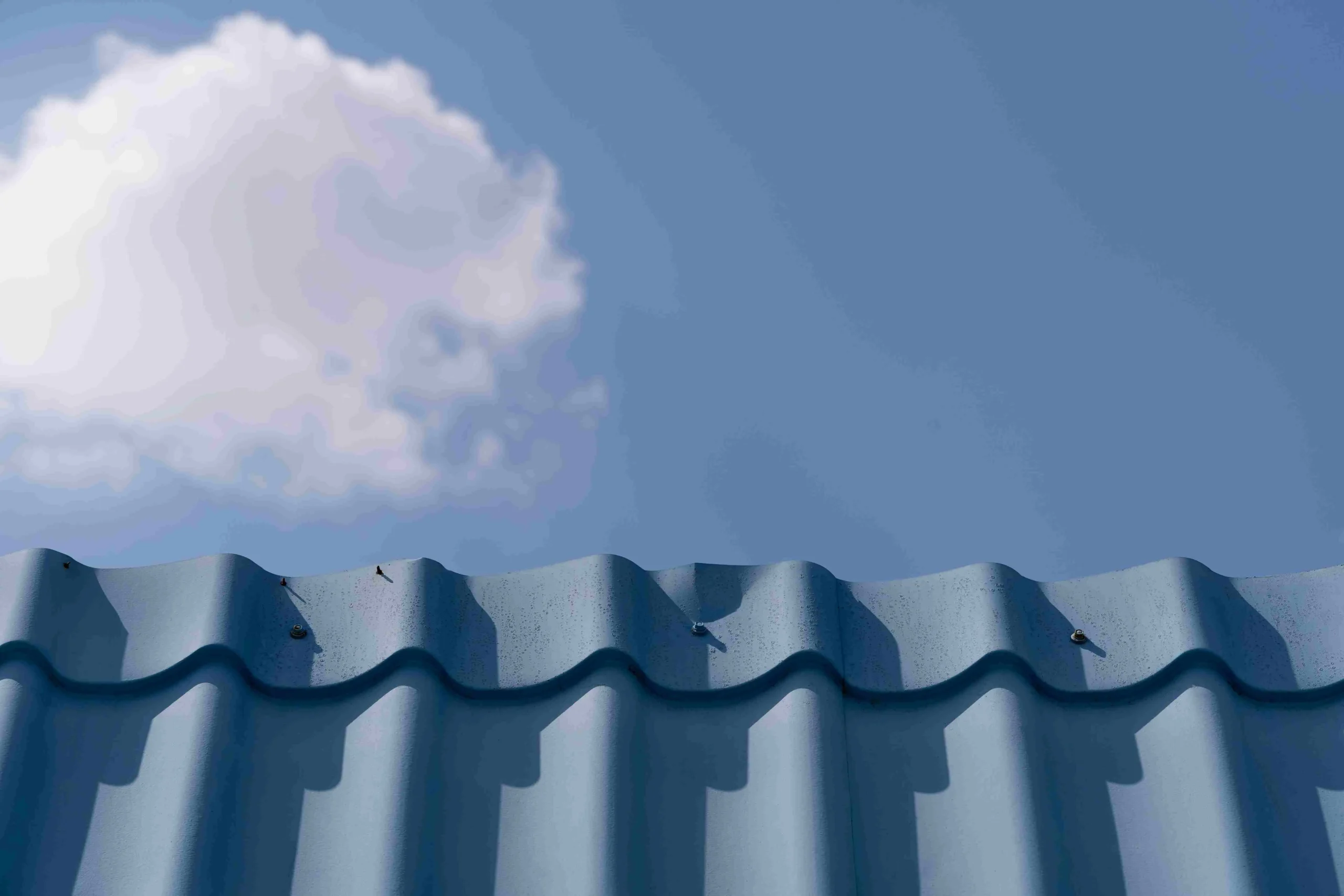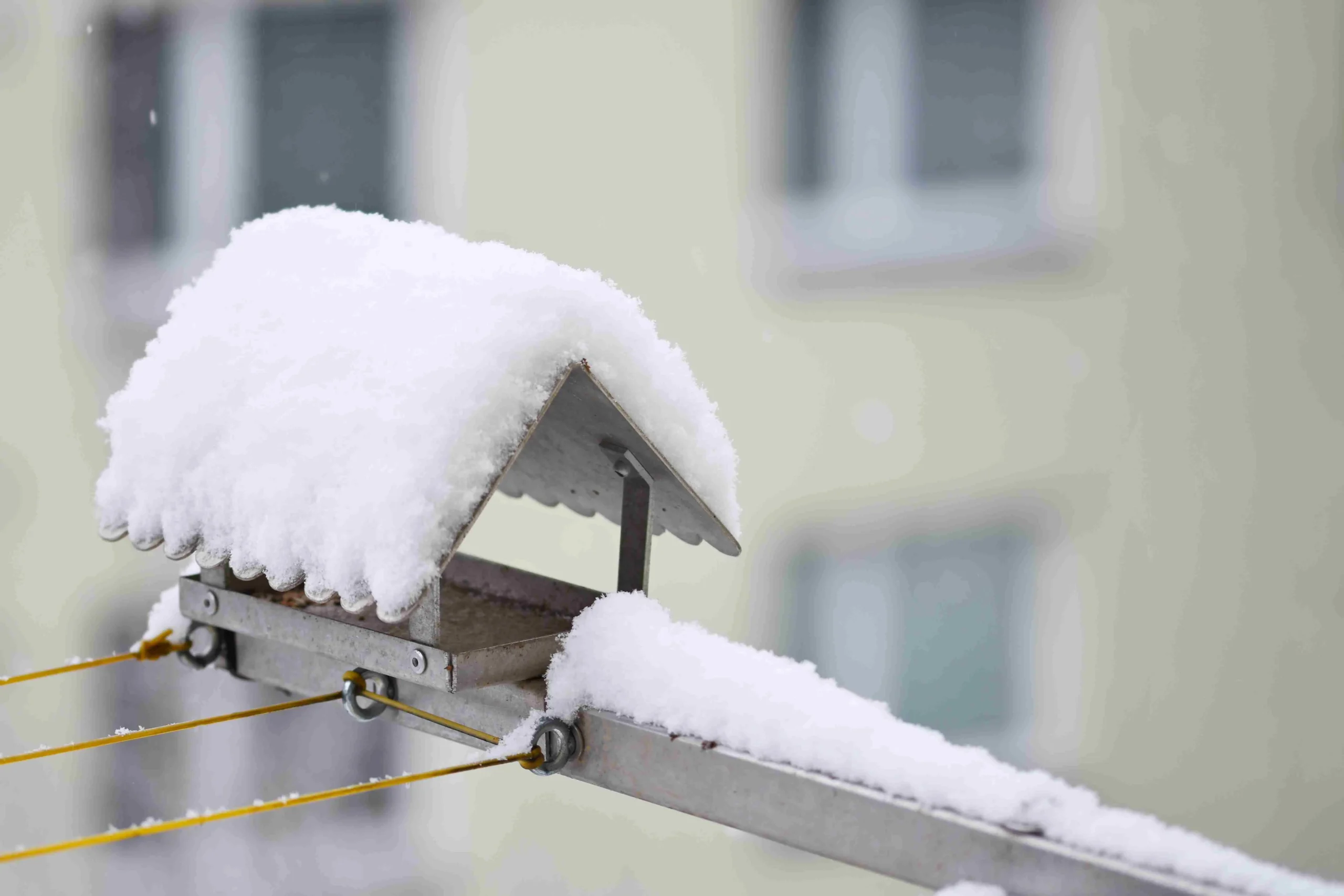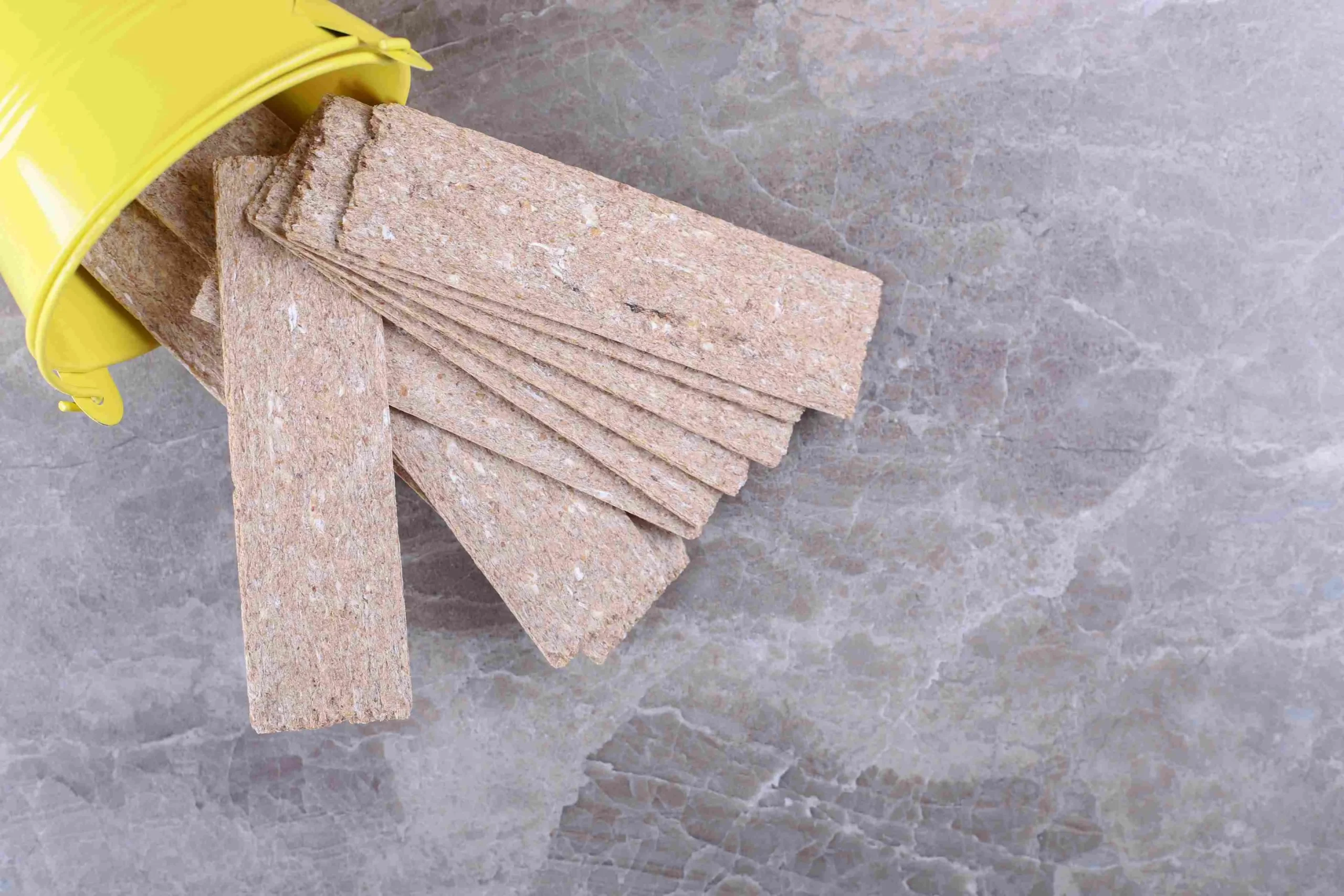When selecting a roofing system for a flat or low-slope roof, property owners are often faced with two leading single-ply membrane options: Thermoplastic Polyolefin (TPO) and Polyvinyl Chloride (PVC). Both materials are widely used in commercial and residential construction due to their durability, flexibility, and energy-efficient properties. However, despite their similarities, TPO and PVC roofing systems differ significantly in composition, performance, longevity, chemical resistance, and overall suitability for specific environments.
Understanding these differences is essential before making a long-term roofing decision. Choosing the wrong system can lead to higher maintenance costs, reduced lifespan, or performance issues over time. This guide provides an in-depth comparison of TPO and PVC roofing systems, focusing purely on factual information to help you determine which material is better suited for your building.
Understanding Thermoplastic Roofing Membranes
Both TPO and PVC fall under the category of thermoplastic roofing membranes. Thermoplastics become pliable when heated and harden when cooled, allowing their seams to be heat-welded. Heat welding creates a monolithic roofing surface with seams that are often stronger than the membrane itself, significantly reducing the risk of leaks.
Unlike traditional roofing systems that rely heavily on adhesives or mechanical fasteners, thermoplastic membranes offer superior seam integrity and long-term waterproofing when installed correctly. This shared characteristic is one reason both TPO and PVC are commonly specified for commercial buildings, warehouses, hospitals, and low-slope residential roofs.
What Is TPO Roofing?
Thermoplastic Polyolefin (TPO) roofing is a single-ply membrane manufactured from a blend of polypropylene and ethylene-propylene rubber. Most TPO membranes include a reinforced scrim layer, which improves tensile strength and dimensional stability. Over the past two decades, TPO has become one of the most widely installed commercial roofing materials in North America.
One of the main reasons for TPO’s popularity is its balance between performance and affordability. It offers good resistance to ultraviolet radiation, ozone, and chemical exposure while remaining cost-effective compared to other single-ply systems. TPO membranes are typically white or light-colored, making them highly reflective and beneficial for reducing heat absorption.
Modern TPO formulations have addressed many early performance issues, such as cracking and seam failures. However, product quality can still vary between manufacturers, making proper material selection and installation critical.
What Is PVC Roofing?
Polyvinyl Chloride (PVC) roofing is another single-ply thermoplastic membrane that has been used in commercial roofing for several decades. PVC membranes are made from two layers of PVC material reinforced with a polyester scrim. Plasticizers are added during manufacturing to increase flexibility and workability.
PVC roofing is known for its exceptional durability, chemical resistance, and long-term performance. It performs particularly well in environments where exposure to oils, greases, fats, and harsh chemicals is common, such as restaurants, manufacturing facilities, and laboratories.
Because PVC roofing has a longer track record than TPO, its long-term performance characteristics are well documented. Many PVC roofs installed decades ago are still performing effectively with proper maintenance.
Material Composition and Structural Differences
The primary difference between TPO and PVC lies in their chemical composition. TPO is a blend of rubber and plastic polymers and does not contain chlorine. PVC, on the other hand, is a chlorine-based polymer that relies on plasticizers for flexibility.
This difference affects how each membrane performs over time. PVC’s chemical structure provides superior resistance to grease, oil, and many industrial chemicals. TPO offers good chemical resistance but may not perform as well in heavily contaminated environments.
Structurally, PVC membranes tend to be more flexible, especially in colder temperatures. TPO membranes are more rigid by comparison, though modern formulations have improved cold-weather performance.
Durability and Lifespan
Lifespan is a critical factor when comparing roofing systems. TPO roofs typically last between 15 and 20 years when installed correctly and maintained properly. PVC roofs generally have a longer lifespan, often ranging from 20 to 30 years or more.
PVC’s longer lifespan is largely due to its superior seam strength, chemical resistance, and flexibility. Heat-welded PVC seams maintain integrity over time, even under constant thermal movement.
TPO roofs can perform well for many years, but their longevity is more dependent on product quality, installation accuracy, and environmental conditions.
Seam Strength and Waterproofing
Both TPO and PVC rely on heat welding to seal seams, but PVC generally offers stronger and more consistent welds. PVC membranes fuse at lower temperatures, making seam welding more forgiving during installation.
Stronger seams translate into better long-term waterproofing, especially in regions with heavy rainfall, snow accumulation, or frequent freeze-thaw cycles. While TPO seams are effective, they may be more sensitive to installation errors and weather conditions during welding.
Chemical Resistance and Building Use
One of the most significant advantages of PVC roofing is its resistance to chemicals. PVC performs exceptionally well in environments exposed to grease, oils, and industrial byproducts. This makes it the preferred choice for restaurants, food processing plants, airports, and manufacturing facilities.
TPO offers good resistance to common environmental contaminants but may degrade faster when exposed to petroleum-based substances. For buildings with rooftop exhaust systems that release grease or chemicals, PVC is often the safer long-term option.
Energy Efficiency and Reflectivity
Both TPO and PVC roofing systems are designed to be energy efficient. Their reflective surfaces reduce heat absorption, helping to lower cooling costs and improve indoor comfort. White or light-colored membranes reflect a high percentage of solar radiation, making them suitable for warm climates.
Over time, PVC membranes tend to retain reflectivity better due to their resistance to dirt and chemical buildup. TPO membranes may lose some reflectivity as they age, especially in polluted or dusty environments.
Despite this difference, both systems contribute positively to energy efficiency when maintained properly.
Installation Considerations
Installation quality plays a major role in the performance of both TPO and PVC roofing systems. Both materials require experienced installers trained in proper heat-welding techniques, membrane handling, and detailing around penetrations.
PVC roofing generally requires more precise installation due to its higher cost and specialized welding requirements. TPO installation is often faster and more forgiving, which can reduce labor costs.
Improper installation of either system can lead to premature failure, regardless of material quality.
Cost Comparison
Cost is often a deciding factor. TPO roofing typically has a lower upfront cost, making it attractive for budget-conscious projects. PVC roofing has a higher initial cost but often provides better long-term value due to its extended lifespan and reduced maintenance needs.
When evaluating cost, it is important to consider not only installation expenses but also maintenance, repair frequency, and replacement timelines.
Environmental Impact
TPO is often viewed as more environmentally friendly because it does not contain chlorine and is fully recyclable. PVC contains chlorine, which raises environmental concerns during manufacturing and disposal, though recycling programs have improved significantly.
Both systems are more sustainable than traditional asphalt roofing when used correctly and maintained over their full lifespan.
Choosing Between TPO and PVC Roofing
The choice between TPO and PVC depends on several factors, including building use, exposure to chemicals, climate conditions, budget, and long-term ownership plans. TPO may be suitable for general commercial and residential applications where cost efficiency is a priority. PVC is often the better choice for demanding environments requiring superior durability and chemical resistance.
Understanding these differences allows property owners to select a roofing system that aligns with both immediate needs and long-term performance goals.
